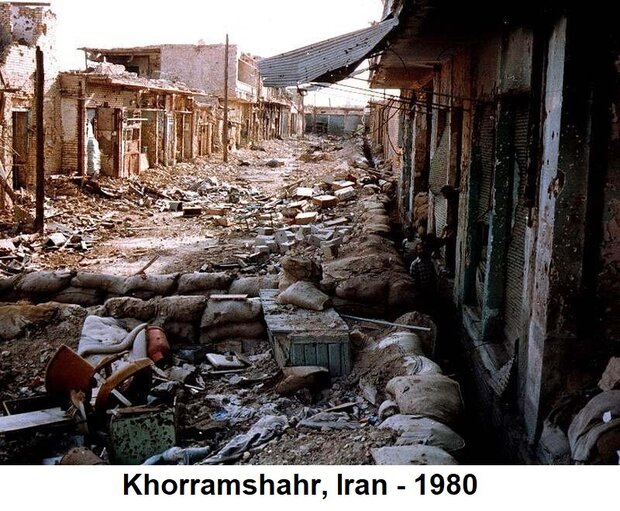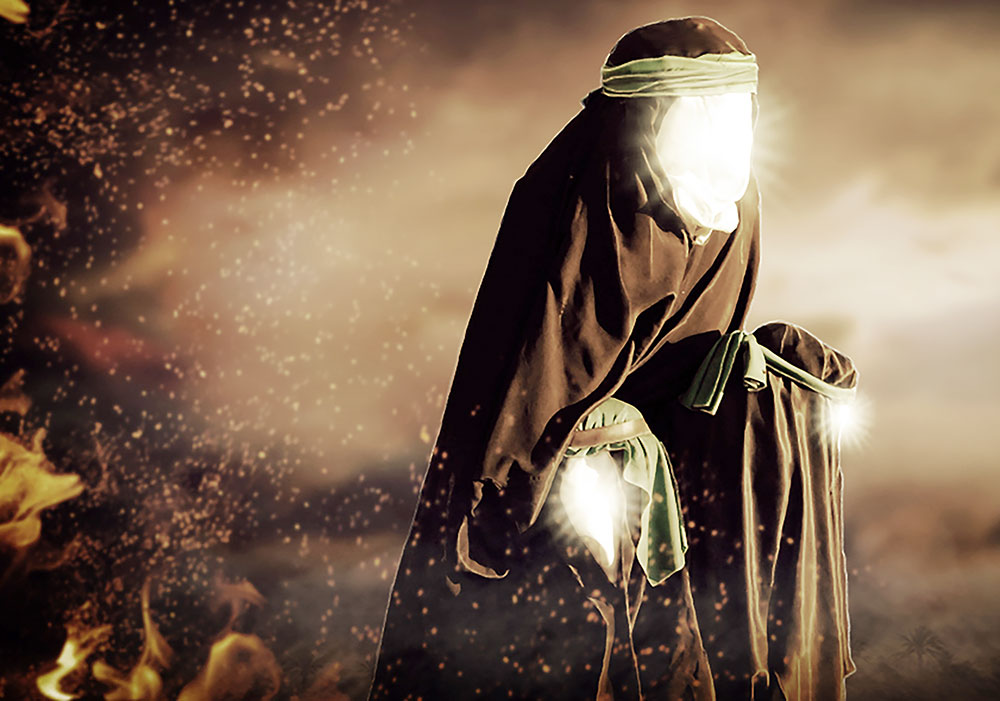
And they were guided to the path of the most praised one
Welcome to Islam: “And they were guided to the path of the most praised one”:
Ingrid Mattson, 48, is originally from Canada, and she is a political activist in North America. Dr. Mattson was born in Ontario, and she studied philosophy at the University of Waterloo and earned her Ph.D. in Islamic studies from the University of Chicago in 1999. Her subject was equality in Islam presently, she works as professor of Islamic studies and director of the Macdonald Center for Islamic studies and Islamic-Christian Relations in the Hartford Institute in Connecticut state.
She spent a period as Afghan refugee relief volunteer in Pakistan during the years 1987 and 1988. She was chosen in 2001 as Vice President then as President in 2006 of the Islamic Society of North America (ISNA), one of the most prominent Islamic organizations in the United States. Mattson earns a great deal of respect in religious and political circles in the United States.
She was guest of honor in many celebrations by the U.S. Department of State. She also spoke at religious ceremonies for the Democratic Party‘s National Convention in Denver in 2008 and in the inauguration ceremony for U.S. President Barak Obama on January 20, 2009.
Mattson embraced Islam during the Last year of her university studies.
Her Story with Islam:
She grew up as a non-practicing Christian, and the beginning of her thinking about Islam was through her passion for arts. Dr. Mattson narrates her trips to major museums in Toronto, Montreal and Chicago till she visited the Louvre Museum in Paris and was dazzled by the painting arts across stages of human history. Then she met a group of Muslims about whom she says. “I met people who never built statues or corporeal paintings for their God. When I asked them, they answered that Islam is very sensitive about paganism and person worship, that getting to know Allah is very easy: by contemplating on His creations.
“They were students from West Africa studying in a Paris suburb, and their excellent norms of conduct were the ones that attracted me to Islam. Their behavior was a translation of the Sunnah of the Prophet Muhammed. I did not know at the time the Prophet or anything about Islam. They were characterized by beautiful humanitarian attributes, and they were very generous, sharing with me their food and housing. During my successive travels in the Islamic world, I sensed the same humanitarian characteristics, the love of giving, sharing and generosity, so I came to know the Prophet Muhammed through his followers.
“when I traveled to Pakistan, I spent a period of time as Afghan refugee relief volunteer. There, I married a young Egyptian Muslim man, and we did not have a lot of money. Few days after our marriage, I returned to the camp of Afghan refugees. An Afghani women approached me and asked me in a shy way to show her what my groom had gifted to me, but I showed her my modest ring and told her that I had to borrow the wedding gown. Signs of sorrow and pity showed on the woman‘s face. A week later, the women who had lost her husband and children and was expelled from her home returned to give me the traditional Afghani wedding gown. The gift which I received was the most exceptional than at any other time before. It was not the outfit but the indication of pure sympathy that was one of the sweetest fruits of true conviction”.
Dr. Ingrid goes on to say, “My husband used to tell me about the extent of his admiration of a particular Muslim Afghani woman, referring to her intelligence and generosity and how she was always keen about her tough trips to the refugee camps and orphanages, providing the Afghans with assistance and meals. When I finally met her, I found out that the woman was covering her entire body from top to tiptoes in the traditional Islamic garb. I realized with some amazement that my husband had never seen her before, nor did he ever see her face, yet he knew her from her behavior the impacts of which she had left on others”.
From these stances, Ingrid started her journey to get to know Islam so she would thereafter set out seeking knowledge then making her way in the field of Islamic Da‘wah.
Ingrid goes on to say, “In the summer of 1987, I was riding the train out to British Columbia to start a tree-planting job in the mountains. I had just finished my undergraduate degree in philosophy and had only recently begun my personal study of Islam. I came across Fazlur Rahman ]al-Ansari[ ‘s Islam in a bookstore a few days before my trip. Reading that book as I traveled across the Canadian prairies, I made the decision to apply to graduate school in Islamic Studies. His book sparked in me a keen desire to study the classical heritage of Islamic theology and law.
Going a step further, I wrote a letter to Rahman (this was before we all used email) describing my situation and inquiring if I might be able to study with him. I dropped the letter in a post box somewhere in the Rockies and forgot about it unitel I returned east in August. There I found a hand-written note from him, inviting me to come to the University of Chicago to study with him. Rahman died before I arrived in Chicago, but it was his book and his encouragement that inspired me to start on the path to scholarship that I have found so rewarding.
Her Contributions:
Ingrid established the first Islamic religious program in the United States In 2001, she was elected President of the Islamic Society of North America (ISNA) which has about 20,000 members in the United States and Canada, and as many as 350 mosques and Islamic centers are affiliated with it. Dr. Mattson is regarded as the first woman to occupy this post in ISNA‘s history. She tries to introduce the Islamic faith to the American people in a better way in order to stop the growing of Islam‘s image and spread fear of the Muslims, to be more precise and subjective in whatever it publishes and airs about Islam and airs about Islam and Muslims.
Ingrid has said, “We try to introduce ourselves because we are looked at, as Muslim women, in a negative way,” rejecting what is said about the trough condition of woman in the Muslim society. Responding to fallacies of the Pope of the Vatican, Benedictus XVI, which reflect obvious ignorance of Islam, Ingrid says that she feels “disappointed” with the recent statements of the Pope about Islam, jihad and violence. She explains saying, “The obvious connection between Islam and a religion in the essence of which violence is found is not true at all. If we start comparing between the violence that was committed in the name of Islam, this comparison will take a great deal of time”, a reference to the Church‘s Courts of Inquisition and Crusades.
Among what she stated to the press is this: “Islam was not revealed only to the black and brown people. Strange! When a Black American becomes Muslim, they say that this is understood. But when I, the White Muslim woman, embrace it, they say that I committed apostasy, as if I have to choose between either my color or religion of Islam”.
Ingrid applied the same to the subject of hijab, regarding that there are different views in this subject. Should women uncover her hair, face, shoulders, arms or feet? She explained saying that hijab means covering. The Sunnah says, “A Muslim woman has to cover her body outside her home”. Ingrid says that the Western civilization has tried to establish that seeing and touching are among means to getting to know the truth. This manifested itself when they depicted their gods through sculpture and painting. But the Islamic civilization does not accept optical representation as a means to remember and honor Allah and to honor people. Knowing Allah lies in contemplating on the greatness of His creation and creative might.
Instead of drawing Prophet Muhammed, we find the Prophet s name inscribed in mosques side by side with Allah‘s Attributes and verses of the Holy Qur‘an. The best visual representation of the Prophet and his Sunnah is by keeping his traditions alive.
Source: Noor Al Islam, No. 151-152.
Dr. Ingrid Mattson.








اترك تعليق